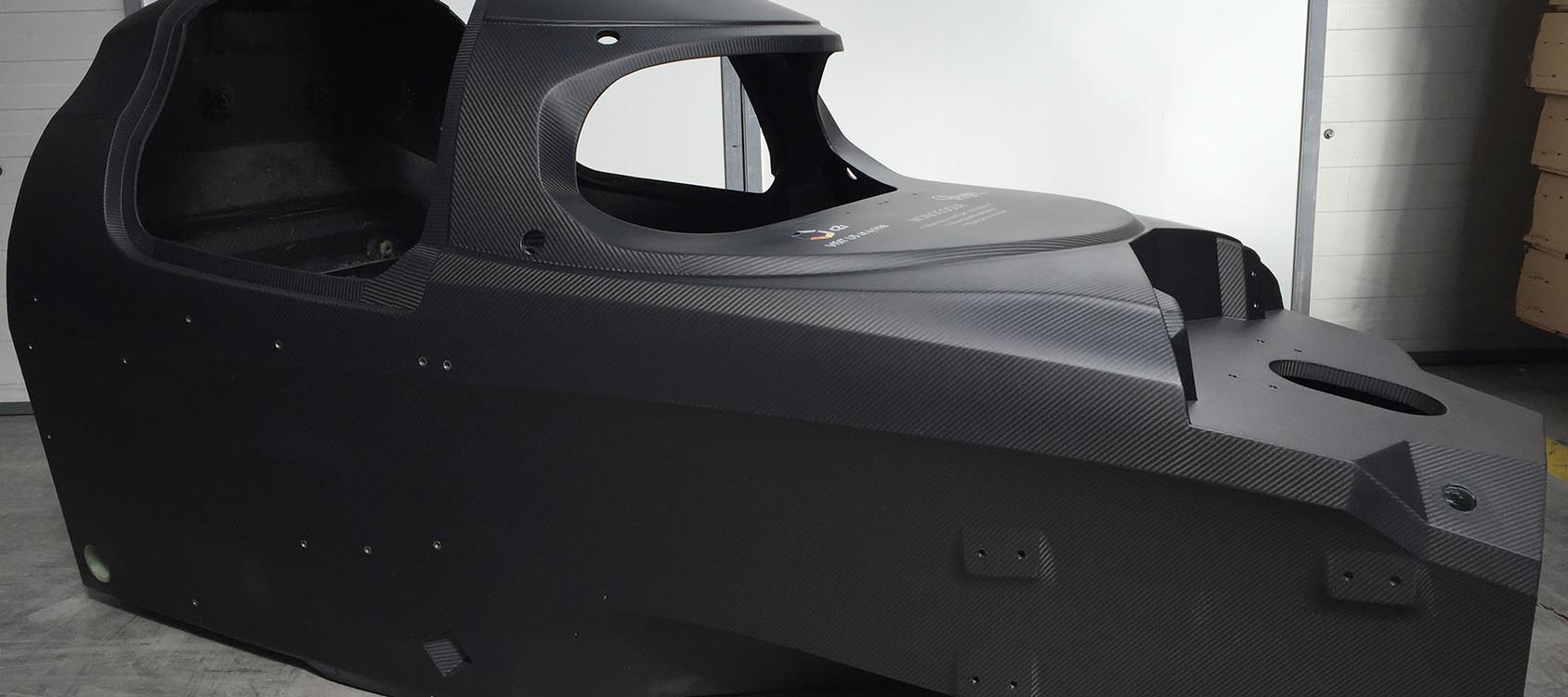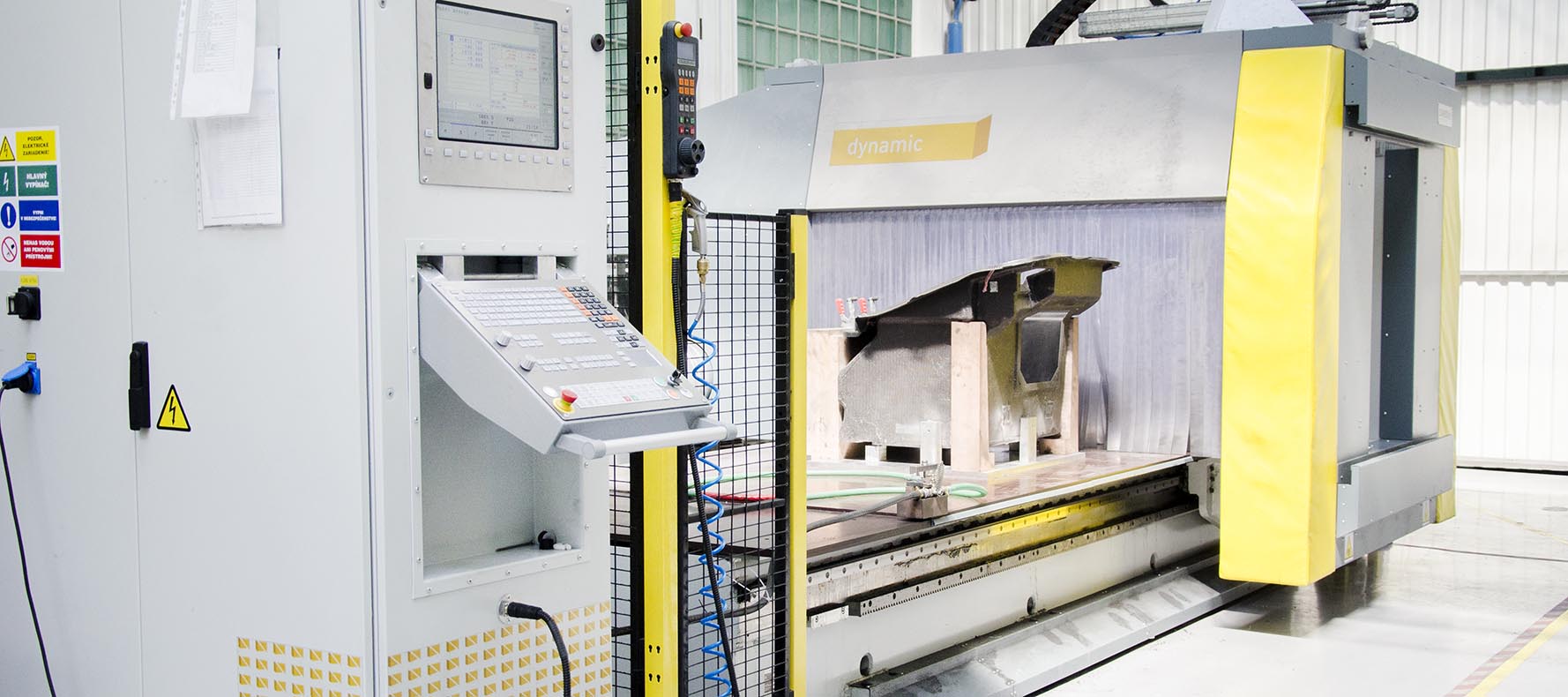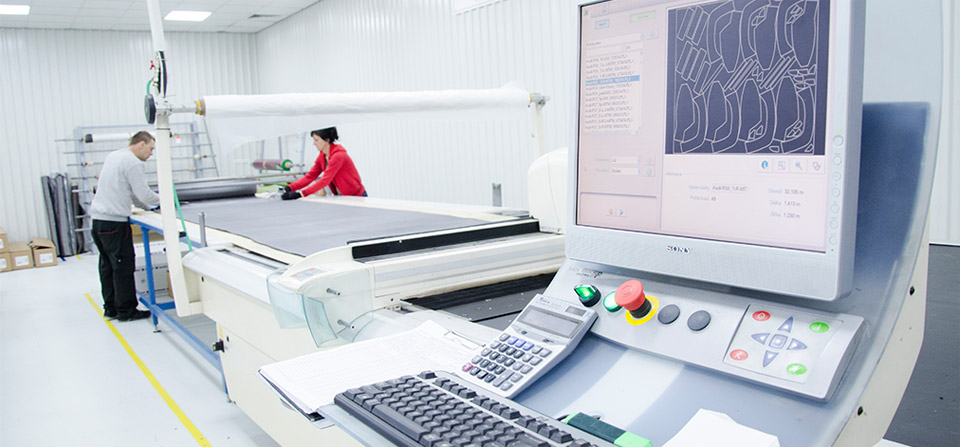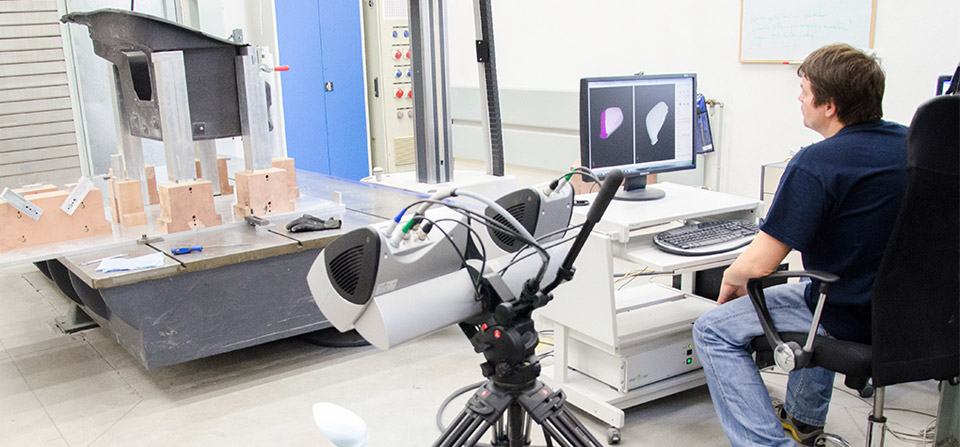Why carbon?

Product development
We engineer carbon-fibre components, taking into account most suitable materials and production technologies with the complete component simulation such as static, dynamic, crash and pedestrian impact analysis.
read more »Our customers provide us with the basic design of their components, typically in the form of the component A-surface in CAD, and product requirements such as mechanical, visual, safety, flammability. We engineer the components, taking into account the manufacturability during the DFM study, working in close cooperation with the client for possible design changes which yield weight savings or cost reductions. We are able to pursue the complete component simulation such as static, dynamic, crash and pedestrian impact analysis. Moreover, we select the most suitable materials and production technologies given our wide experience enabling us to design the components in the most effective way – with primary focus on cost and performance. To validate the component design, all prototype components are tested.

Tooling design and manufacture
We design and manufacture, in-house, the tools and jigs needed for production, machining and assembly of our components. Our tool-shop is well equipped with numerous 3- and 5-axis CNC machines for epoxy patterns up to 6 x 3 m and aluminium tools up to 3 x 1.5 m.
read more »
Composites production
We possess full capability for producing composites components in-house, from fabric cutting, lay-up, curing, machining, lacquering, painting, quality testing and assembly. We also machine foam cores and honeycombs in-house.

Composites production technologies
Autoclave / PREPREG: standard in civil aircraft, Formula 1 and best suited for carbon-look cosmetic parts, yielding the lightest possible components with best visual fibre alignment.
(HP)RTM: used for higher-volume automotive applications with cycle times far below one hour.
Prepreg press moulding: used for higher-volume automotive and aerospace applications and where a tooled surface finish is required from both component sides, with cycle times in minutes.
Bladder inflation moulding: for the production of hollow, monolithic structures, we lay-up prepreg in separate tool pieces, place a bladder inside, close the tool, then inflate the bladder during curing.